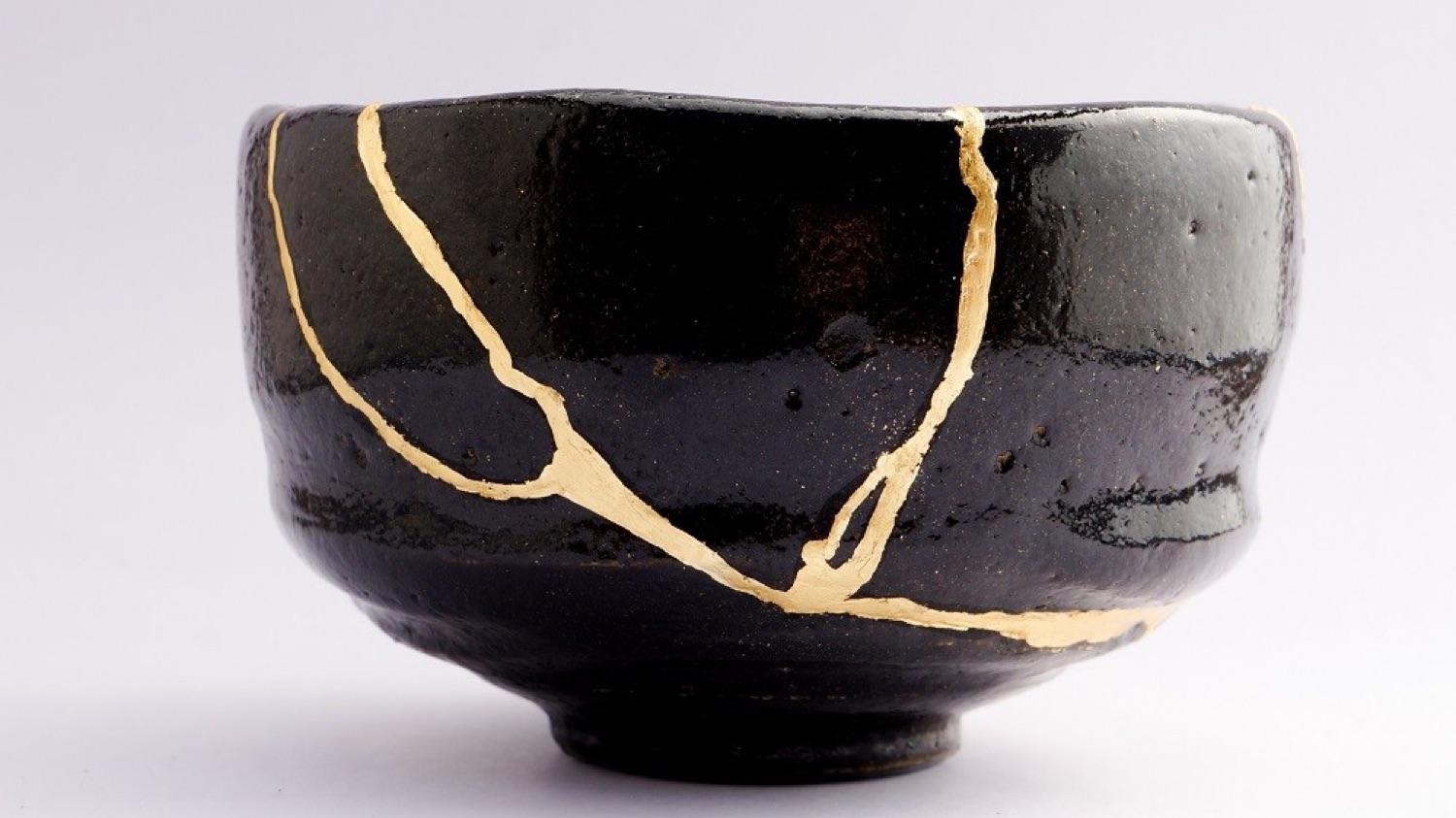Wabi-Sabi And The Psychology Of Imperfection
Curated from: psychologytoday.com
Ideas, facts & insights covering these topics:
8 ideas
·1.54K reads
14
Explore the World's Best Ideas
Join today and uncover 100+ curated journeys from 50+ topics. Unlock access to our mobile app with extensive features.
There’s A Particular Value That Comes With Imperfection
Think about the feeling of paranoia one has who's just driven a brand new, flawless car off the lot or has just started to use the latest, pristine iPhone straight from the box. When they inevitably get their first scratch, initial disappointment can soon give way to a broader feeling of relief and contentment.
What's going on here? Why is that imperfection so good? There isn't a great word in the English language to describe this phenomenon. Instead, our best entry point for understanding the psychology of imperfection is visiting the Japanese concept of Wabi-sabi.
22
279 reads
The Concept Of Wabi-sabi
Wabi-sabi is a philosophy and aesthetic that centers around an appreciation of imperfection, impermanence, and incompleteness. It’s a complex concept, deeply embedded within Japanese culture, and does not admit to an easy, concrete definition. As Taro Gold described in his book, Living wabi-sabi, it's an inherently elusive term. He writes, “Ask people on a Tokyo street to describe wabi-sabi, they will likely give you a polite shrug and explain that wabi-sabi is simply unexplainable.”
If we had to try and force a definition for wabi-sabi, it would be something like “the beauty of imperfection.
25
217 reads
Kintsugi
The most classic example of wabi-sabi is kintsugi, the centuries-old Japanese art of repairing tea bowls. Typically, gluing the pieces of broken pottery back together again means using an invisible adhesive and then painting over the cracks to make them look new again. Kintsugi takes the opposite approach. Instead of trying to hide the imperfection, it highlights it. The craft uses a gold lacquer adhesive to adhere the broken pieces together.
24
204 reads
Flaunting Flaws
The technique of Kintsugi accentuates the so-called defects, making them the pottery’s most stunning and visually salient aspect. The approach celebrates each artifact by emphasizing and appreciating its imperfection.
21
205 reads
The Connection Between Wabi-Sabi and Nature
One of the critical characteristics of the wabi-sabi aesthetic is an appreciation of nature and, more generally, for the natural beauty that exists outside of deliberate, human creation. Humans naturally impose their standards of value and perfection on the world and, in doing so, meddle with a natural organization of beauty best left alone.
Wabi-sabi creations often result from a flow of naturally occurring elements, as opposed to manipulating the raw materials to the artist's will. Thus, the artist is seen as a conduit, not an independent creator.
22
147 reads
The Challenging Psychology of Perfection
In any discipline, “perfect” is the ultimate achievement. From getting the perfect score on a test to planning the perfect evening for a significant other, rising to the level of complete optimization is highly motivating.
Clearly, though, it comes with challenges. That these ideals are rarely achieved is not the issue. The true difficulty comes when it is achieved. Its attainment comes with the immediate pressure to maintain it. Anything that rises to this lofty, unblemished position, almost by definition, has nowhere to go but down.
21
158 reads
Celebration And Liberation
The concept of wabi-sabi provides an alternative perspective that comes some way in helping grapple with this. It recognizes that everything is in constant flux. Any attainment of static perfection is artificial, and its pursuit will inevitably lead to dissatisfaction. Instead, an acceptance, and even a celebration, of imperfection can liberate us from this self-imposed strain.
21
154 reads
“Sometimes strings break. And when a string breaks at the beginning of the performance, I think I’m in heaven.
After the string breaks, everybody gasps. You go backstage and put on the new string.
And because something untoward has happened, for the rest of the evening, you can do no wrong.”
YO-YO MA
25
178 reads
IDEAS CURATED BY
CURATOR'S NOTE
“Nothing lasts, nothing is finished, nothing is perfect.” There’s a certain levity that comes from things going slightly wrong. Or, put another way, there’s a particular value that comes with imperfection, impermanence and incompleteness: 侘寂
“
Xarikleia 's ideas are part of this journey:
Learn more about motivationandinspiration with this collection
Improving sleep through mindful breathing exercises
Practicing stress reduction and relaxation techniques
Establishing a relaxing bedtime routine
Related collections
Similar ideas
9 ideas
4 ideas
4 Japanese Concepts That Inspire Our Daily Lives
consciousmagazine.co
12 ideas
6 Japanese Concepts That Can Change Your Life
yourtango.com
Read & Learn
20x Faster
without
deepstash
with
deepstash
with
deepstash
Personalized microlearning
—
100+ Learning Journeys
—
Access to 200,000+ ideas
—
Access to the mobile app
—
Unlimited idea saving
—
—
Unlimited history
—
—
Unlimited listening to ideas
—
—
Downloading & offline access
—
—
Supercharge your mind with one idea per day
Enter your email and spend 1 minute every day to learn something new.
I agree to receive email updates




